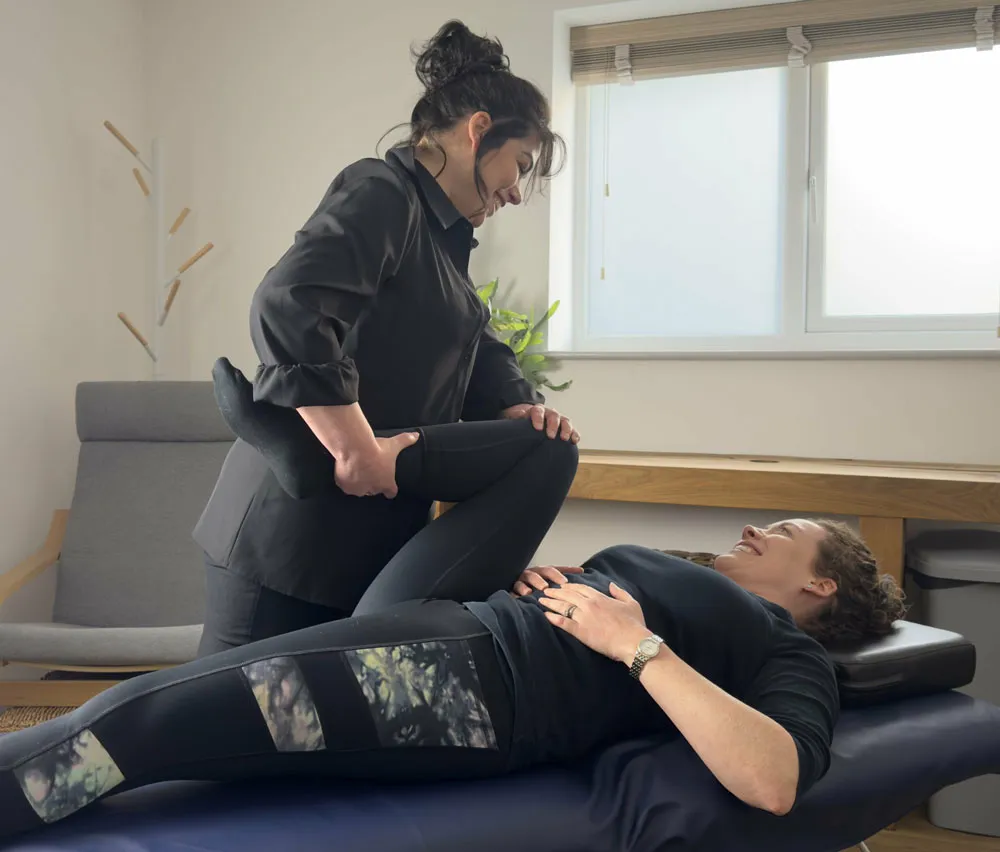If you’re reading this, it’s more than likely that you, or someone you know, is grappling with back pain. Frustrating and irritating for the individual concerned as well as those around them it can be a literal pain in the posterior! If this is sounding uncannily familiar, then you have company…
In the UK back in 2013, the conservative estimate was that 60% of adults will experience back pain at some point in their lives.1 Which is perhaps why it consistently remains one of the top reasons for consulting a GP. Low back pain is the leading cause of disability worldwide – surpassing cancer, cardiovascular disease, dementia or diabetes!2 In 2020 over 619 million people worldwide experienced lower back pain, and brace yourself here, by 2050 its projected to impact over three-quarters of a billion people annually.3 That’s a staggering number!
Lower back pain is also responsible for significant wider societal and economic impacts. In the US alone the equivalent of 264 million workdays is lost each due to low back pain related workplace absenteeism.3

Moreover, the marked rise in the use of prescription medications – particularly the use of opioids to treat lower back pain; is now well recognised as being a huge contributory factor to the devastating increase in the abuse of prescription pain medications.3 Therefore, make no mistake – back pain, particularly low back pain is not a small problem. So, if you’re grappling with back pain, know that you are part of a vast but incredibly supportive community navigating this common challenge, and one that The Chiropractic Studio is incredibly proud to play a part in.
*Disclaimer: The information contained within this article is for educational purposes only and is not a substitute for or intended to replace advice and/or treatment you may have received from a healthcare professional. Moreover, The Chiropractic Studio By Sally Bannerman does not claim to manage or treat conditions mentioned here that are not currently recognised as being within the current remit of chiropractic treatment by the GCC, ASA or CAP. For more information, please see out medical disclaimer within the Clinic Policies section of our website.
1 Campbell, J. and Colvin, L. (2013). Management of Low Back Pain. The British Medical Journal. 347. https://doi.org/10.1136/bmj.f3148.
2 GBD 2019 Diseases and Injuries Collaborators. (2020). Global burden of 369 diseases and injuries in 204 countries and territories, 1990-2019: a systematic analysis for the Global Burden of Disease Study 2019. The Lancet. 396(10258): 1204-1222. https://doi.org/10.1016/S0140-6736(20)30925-9.
3 GBD 2021 Low Back Pain Collaborators. (2023). Global, regional, and national burden of low back pain, 1990–2020, its attributable risk factors, and projections to 2050: a systematic analysis of the Global Burden of Disease Study 2021. The Lancet Rheumatology. 5(6): E316-E329. https://doi.org/10.1016/S2665-9913(23)00098-X.



